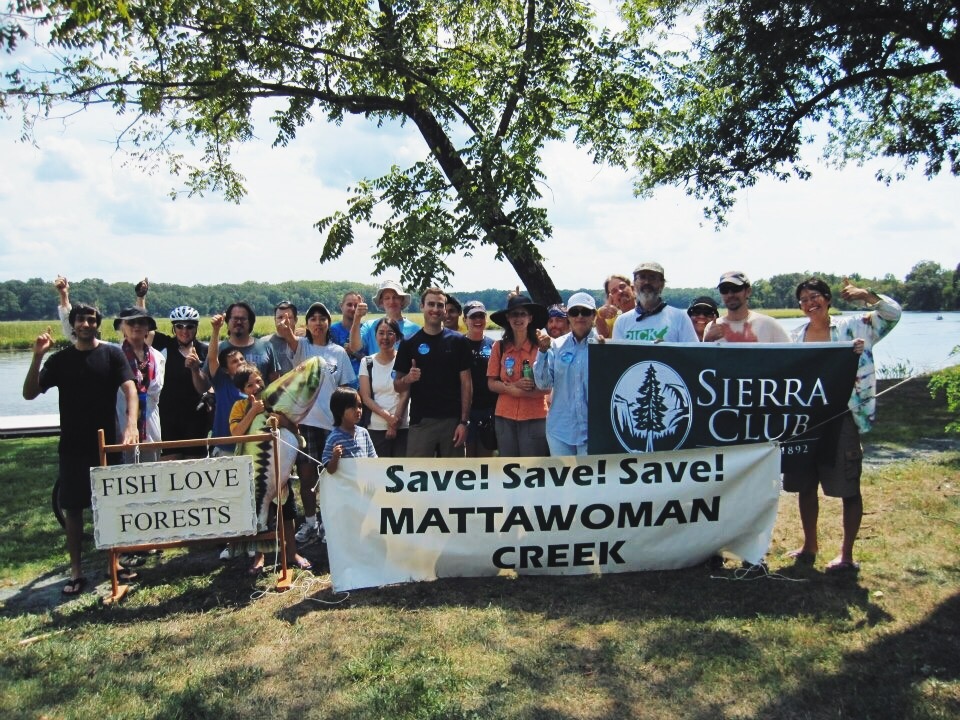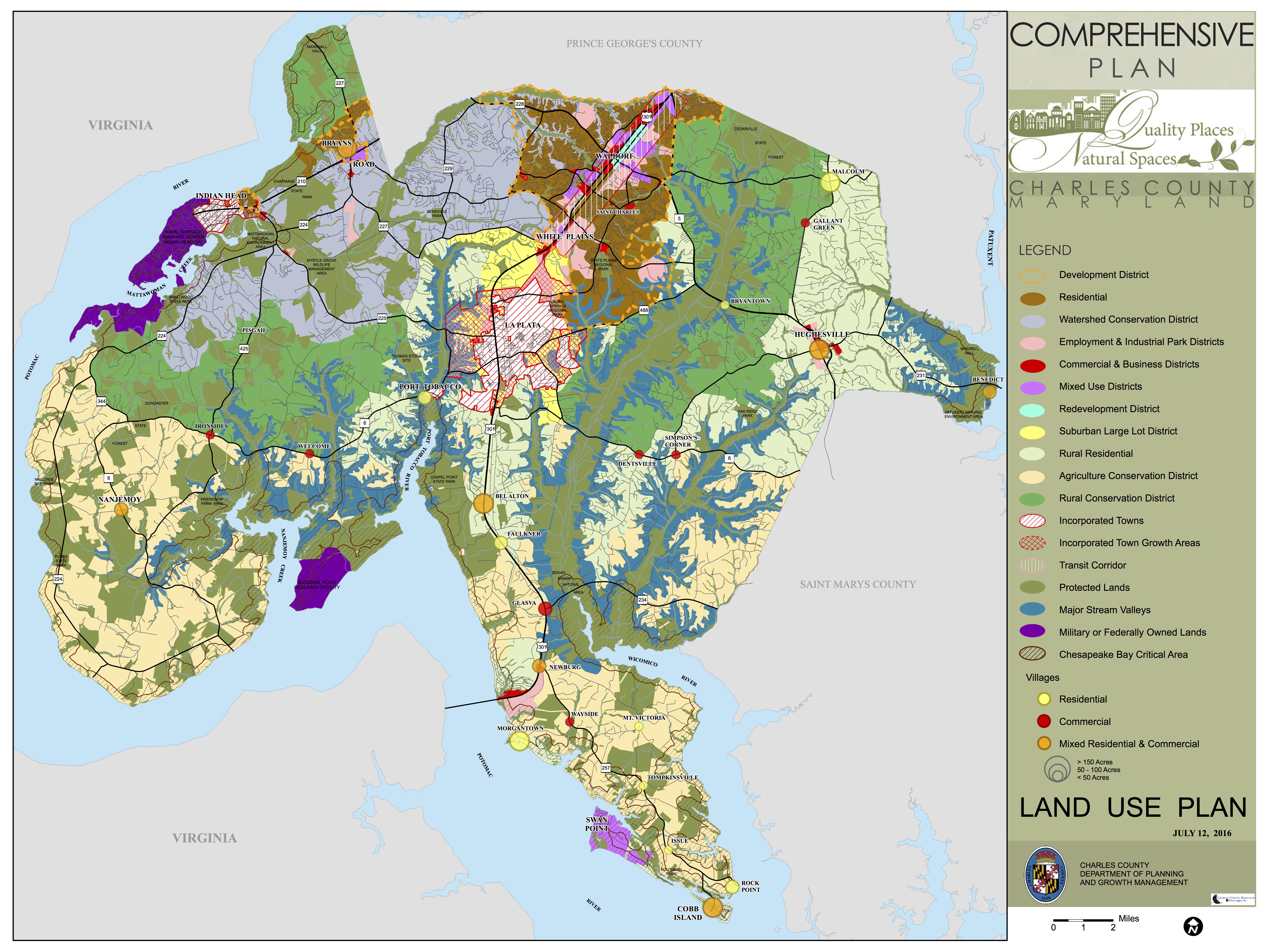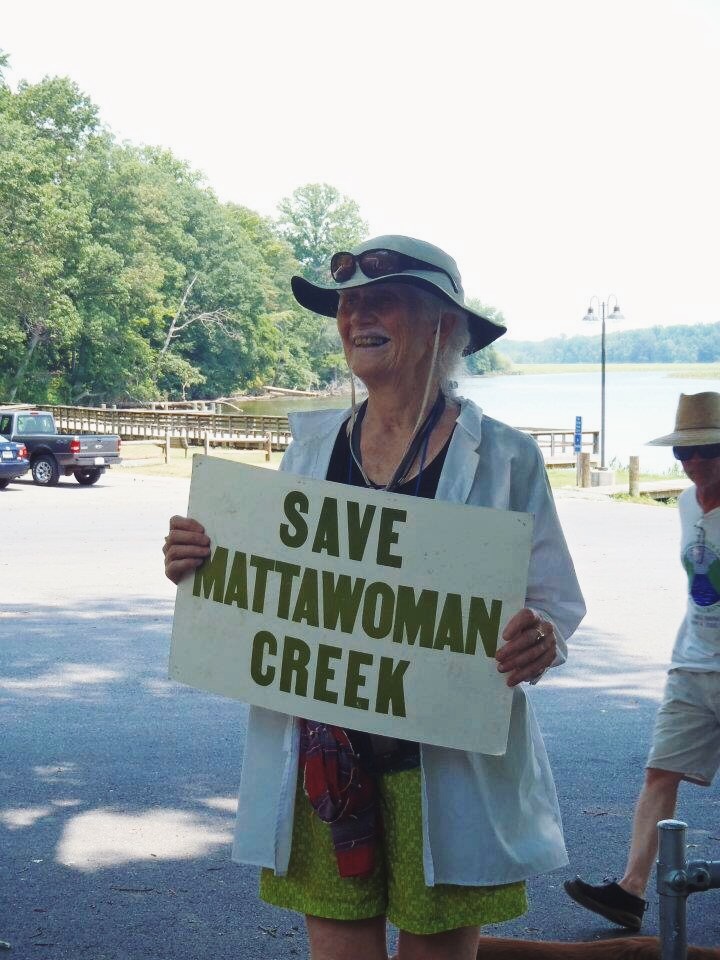By: Tori Molyneaux, Water Intern

The creation of the WCD rezones land in these valuable watersheds to promote smarter development and protect local waterways from increased pollution and flooding resulting from the increased prevalence of impervious surfaces. More specifically, the new zoning:
- Limits new residential development to one house per 20 acres
- Limits impervious surfaces to 8% of the area within a parcel, with exceptions for smaller lots and when BMPs with maintenance agreements are used
- Allows lots of 10 acres or larger to be subdivided for family members up to two additional lots
- Maintains former zoning of areas zoned for commercial and business park use
- Opens the possibility of allowing industrial use of hundreds of acres around the Maryland airport in Bryans Road after feasibility study by planning staff

Although the Sierra Club opposes opening forested land around the airport for industrial development, this rezoning is nonetheless vitally important to the preservation of the ecology of Mattawoman Creek and Port Tobacco River. Protecting the Mattawoman is especially crucial, as it provides an invaluable example of “what a restored Chesapeake Bay would look like,” according to an expert task force, and currently ranks among the ten most biodiverse freshwater systems in the state. Unfortunately after 25 years of unbridled sprawl development, the Mattawoman Creek is poised at the tipping point for irreversible degradation. The new WCD is critical to keeping Mattawoman from exceeding the tipping point by allowing surrounding forests to remain intact and limiting impervious surfaces in its watershed. Because Mattawoman is a key spawning and nursery ground for migratory fish, and is a recreational centerpiece in Maryland, the benefits of the WCD will extend to the Potomac River and Chesapeake Bay as well, as the creek is a tributary of both.

The WCD also promotes development that is both economically sustainable and environmentally friendly. Many places across Charles County have experienced development that spread too quickly, and storefronts are left vacant as a result. By establishing a large area in which development is restricted, the county promotes the redevelopment of previously developed areas, like the town of Indian Head, that are in need of an economic boost, rather than allowing unsustainable sprawl to continue. This helps strengthen the economies of areas that already have established infrastructure while mitigating the overcrowding of schools and roadways that comes from creating sprawling subdivisions. Additionally, the WCD’s preservation of Mattawoman Creek and Port Tobacco River’s clean water and habitats for a diverse array of wildlife draws in both tourists and locals, stimulating the economy through tourism.
The passage of this beneficial legislation would not have been possible without such a great outpouring of community support, including many efforts led by the Southern Maryland Sierra Club Group and the Maryland chapter’s Mattawoman Campaign. Underlying the success of this community involvement was the presence of county commissioners who are both environmentally and fiscally conscious. The 2014 election of President Peter Murphy and Commissioners Amanda Stewart and Ken Robinson, the three commissioners who voted for the WCD, was key to bringing smarter growth to Charles County.
 Although this is great win for conservation efforts, the development lobby has already started their counter campaign by threatening a referendum. If we want to preserve our quality of life and the outstanding natural resources of Charles County, which is second in the state for targeted ecological area, and continue to push back against unsustainable sprawl, we will need to continue electing leaders who understand that environmental preservation should go hand-in-hand with economic development and who will work hard to make that happen.
Although this is great win for conservation efforts, the development lobby has already started their counter campaign by threatening a referendum. If we want to preserve our quality of life and the outstanding natural resources of Charles County, which is second in the state for targeted ecological area, and continue to push back against unsustainable sprawl, we will need to continue electing leaders who understand that environmental preservation should go hand-in-hand with economic development and who will work hard to make that happen.